Gardening 101 is your gateway to experiencing the joy of growing your own plants. Whether you’re a novice or eager to refresh your skills, this beginner-friendly guide provides essential tips to kickstart your gardening journey. Dive into the basics, discover the right plants to choose, and learn how to maintain a thriving garden right at home.
Understanding the Basics of Gardening
Gardening is a rewarding and therapeutic activity that brings us closer to nature. To start your journey in Gardening 101: Discover the Joy of Growing Your Own Plants, it’s essential to understand the basic principles. Begin by familiarizing yourself with the soil. The soil serves as the foundation for all plants, providing nutrients, water, and stability for roots. Different plants have varied preferences, so test your soil’s pH and nutrient levels, and amend it with compost if needed.
Next, consider the importance of
sunlight
. Each plant has specific light requirements. Some thrive in full sun, while others prefer partial shade. Observing how sunlight travels across your chosen gardening space over the course of a day will guide you in placing each plant in its optimal spot.
Understanding watering needs is another crucial aspect. Over-watering and under-watering are common mistakes among beginners. Learn to gauge moisture levels by feeling the soil a few inches down. Water should penetrate the ground to encourage deep root growth, but soggy soil can lead to root rot.
The role of
seasons
can’t be overlooked. Seasonal changes affect plant growth significantly. While planning your garden, consider the planting times for each plant species, and understand their specific growth cycles. This knowledge is pivotal in ensuring your plants blossom beautifully and produce bountiful harvests.
Choosing the Right Plants for Beginners
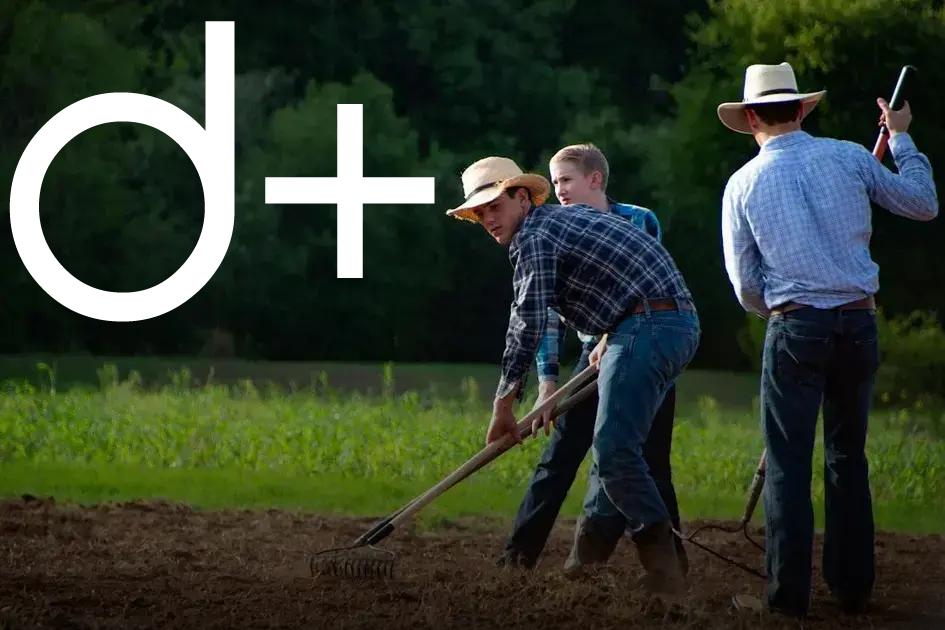
Choosing the right plants is crucial for ensuring your gardening journey is smooth and rewarding. As a beginner, it’s important to start with plants that are not only easy to grow but also forgiving to mistakes. This helps build your confidence and allows you to learn as you grow.
Start with Low-Maintenance Plants: Look for plants that require minimal care and can thrive in various conditions. Some great choices include succulents, ferns, or spider plants, which are known for their hardiness and ability to survive with occasional watering.
Consider Your Environment: Assess the amount of light your space receives. Does your area get full sunlight, partial shade, or does it remain mostly shaded? Different plants thrive in different lighting conditions, so match your plant choices according to the available light.
Learn About Plant Types: Understand the difference between annuals, perennials, and biennials. Annuals bloom for one season and then die, making them great for beginners who want quick results. Perennials come back year after year, which is ideal for long-term gardening. Biennials, though rare among beginners, take two years to complete their life cycle.
Focus on Native Species: Starting with plants that are native to your region can significantly increase your chances of success. Native plants are adapted to the local climate and soil conditions, requiring fewer resources and less effort.
Experiment With Herbs and Vegetables: Herbs like basil, mint, or rosemary and easy-growing vegetables such as lettuce and radishes provide an excellent introduction to edible gardening. They offer the added benefit of enhancing meals with fresh flavors.
By choosing the right plants, tailored to your environment and experience level, you can set the stage for a thriving garden while enjoying the process of learning and growing.
Essential Tools for Every Gardener
Having the right tools can make all the difference in your gardening journey. Every gardener, whether a newbie or a veteran, should have a set of essential tools by their side. Let’s discuss some must-haves:
- Hand Trowel: This small tool is vital for planting, transplanting, and removing weeds. Look for one with a sturdy handle and a strong blade.
- Pruning Shears: Essential for trimming overgrown plants and bushes. A sharp pair of shears ensures clean cuts, promoting healthy growth.
- Garden Fork: Useful for turning soil, loosening, and aerating it. A fork with solid, sharp tines will endure heavy work.
- Rake: Helps in leveling soil, spreading mulch, and clearing leaves and debris. Choose between a metal or plastic rake depending on your needs.
- Watering Can: With a spout, it helps with precise watering, ensuring every plant gets enough hydration without drowning.
- Wheelbarrow: Great for transporting soil, compost, or plants around the garden. A sturdy, durable wheelbarrow can save time and effort.
- Gardening Gloves: Protects hands from thorns, splinters, and other hazards. Opt for a comfortable, well-fitting pair.
With these tools, you’ll be prepared to tackle various gardening tasks, from planting seeds to maintaining a thriving garden.
How to Prepare and Maintain Your Garden
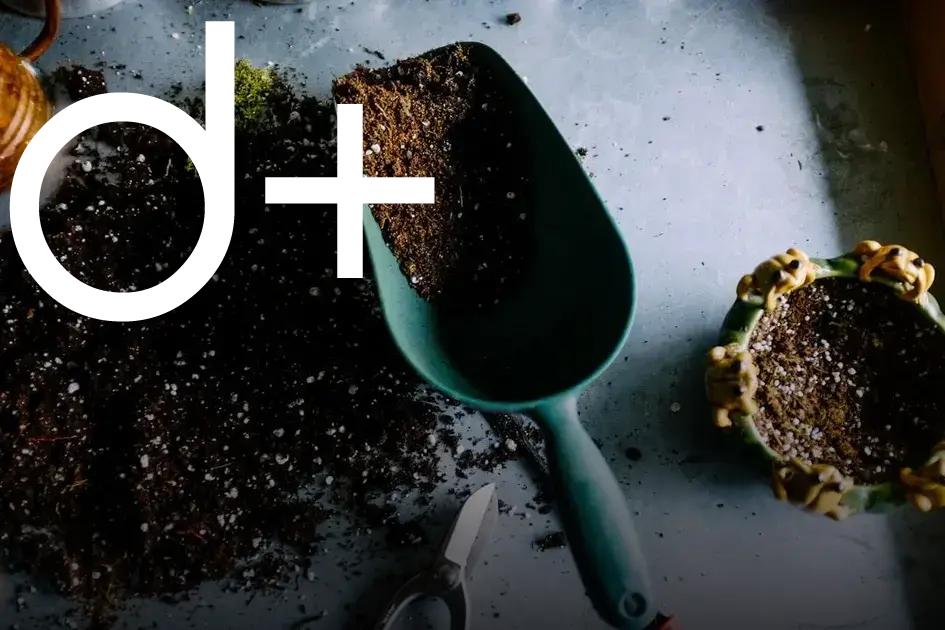
To keep your garden thriving, preparation and maintenance are key. Start by clearing the area of weeds, rocks, and debris. This creates a healthy foundation for plant growth. Next, test your soil to understand its composition and decide if any amendments are needed. Adding compost or organic matter can enhance soil health and nutrient availability.
Plan your layout carefully. Consider factors like sunlight and spacing when arranging your plants. Different plants have varied light requirements and root lengths, so planning helps in maximizing growth potential. Make use of companion planting techniques to naturally deter pests and benefit plant growth.
Regular watering is essential. Water deeply and infrequently to encourage roots to go deep into the soil. Morning or evening is ideal to prevent water evaporation. Consider drip irrigation systems for efficient watering and conserving water.
Mulching is another critical maintenance step. Spread a layer of mulch around your plants to retain moisture, suppress weeds, and regulate soil temperature. Organic mulch also breaks down, adding nutrients back to the soil.
Keep an eye on your plants for any signs of pests or diseases. Regularly inspect leaves and stems. If you spot an issue, act quickly using natural remedies or appropriate interventions to prevent it from spreading.
Additionally, pruning helps to remove dead or diseased branches and encourages new growth. Learn the specific pruning needs for each of your plant types to enhance their health and productivity.
Common Mistakes to Avoid and Tips for Success
One frequent mistake in gardening is overwatering. Too much water can lead to root rot and kill your plants. Always check the topsoil moisture before watering. Another common error is planting in poor soil without proper nutrients. Use compost or organic matter to enrich your soil. Many beginners forget to consider sunlight; different plants require various amounts of sun exposure. Always research the sun needs of your chosen plants.
Spacing is crucial. Planting too close together can restrict growth and increase disease risk. Paying attention to spacing recommendations will ensure each plant has room to thrive. Ignoring pests and diseases is another mistake to avoid. Regularly inspect your plants for any signs of trouble. Early identification can prevent larger infestations.
For success, start with small, manageable gardens. It’s easier to expand as you become more confident. Consistently recording garden progress can also be extremely beneficial. Take note of what works and doesn’t to improve your gardening strategies. Utilizing mulching techniques can help improve soil structure and conserve moisture.



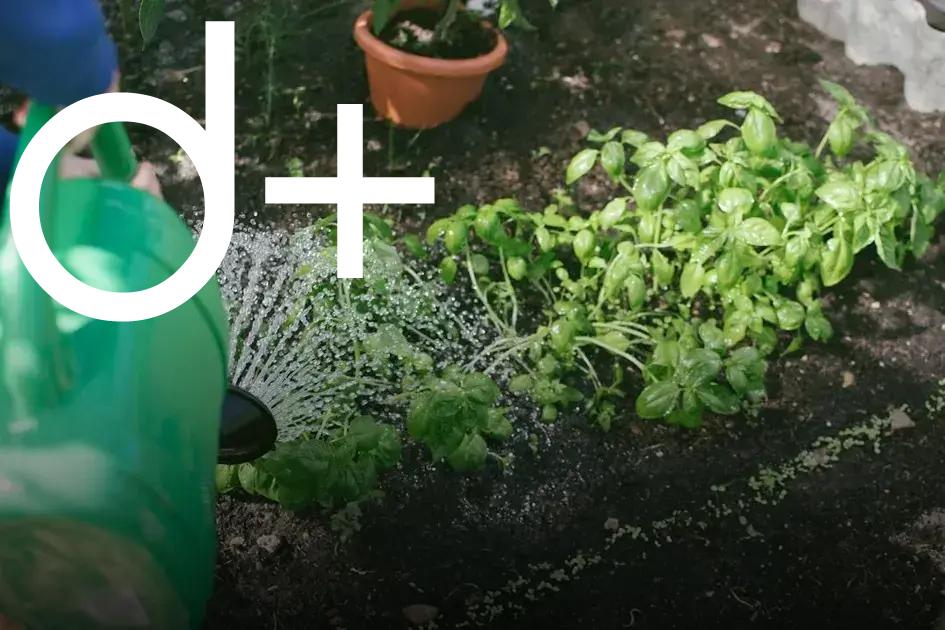

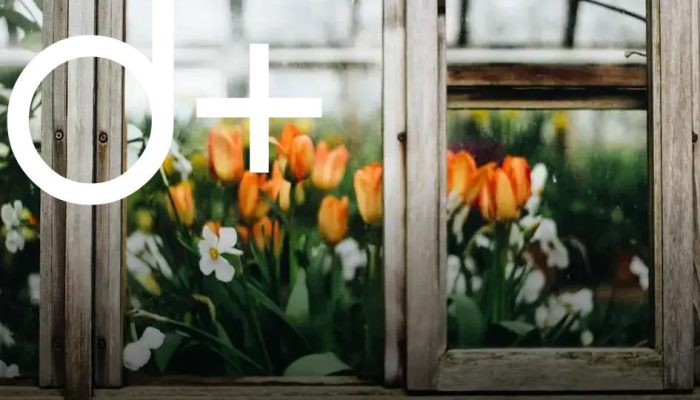
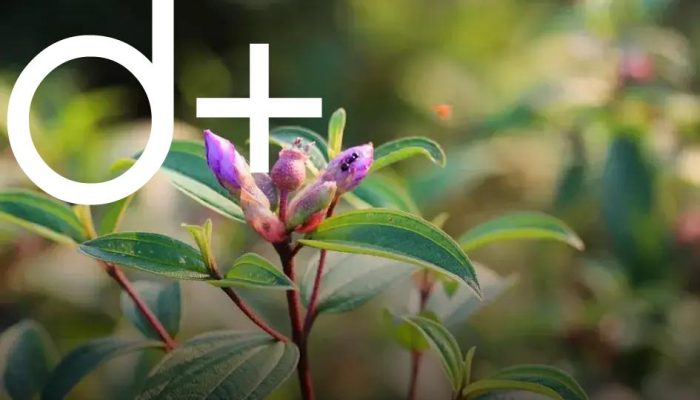
![BANNER 1 - HOME [QUADRADO]](https://dailyfindinvestment.com/wp-content/uploads/2025/01/BANNER-300-X-300.gif)
